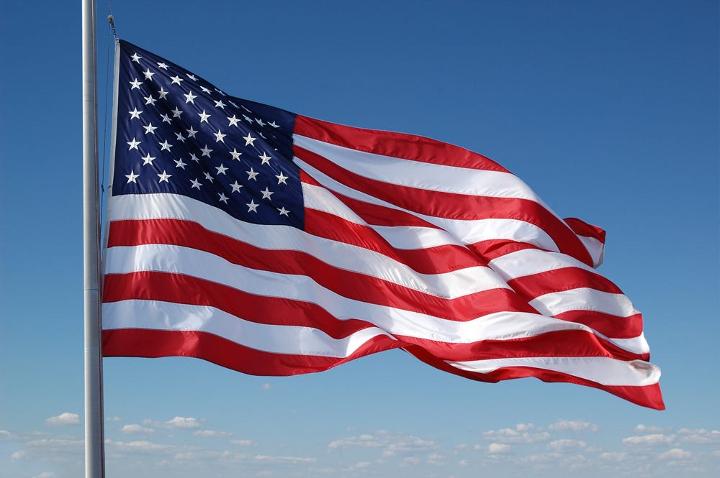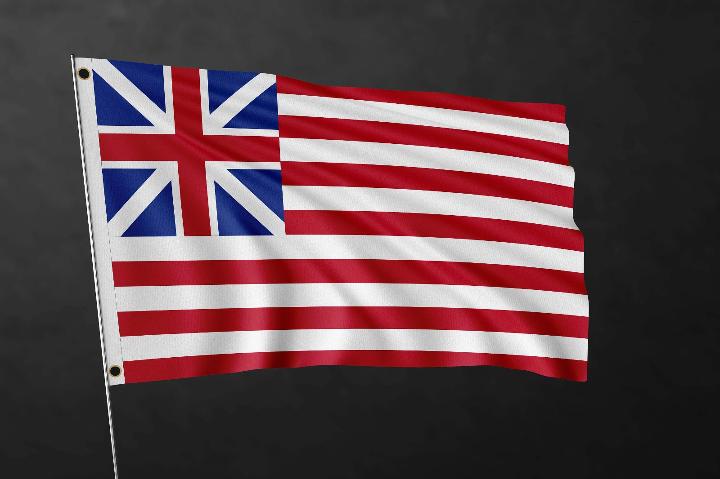Think you know everything about the history of the American flags? Prepare to be surprised by these interesting facts that shaped our nation! The American flag is not just a piece of cloth; it symbolizes freedom, unity, and history.
Perhaps you've cheered on a Fourth of July parade or watched the flag waving in the wind at some event. You can't help but feel proud, but do you really know the history of Old Glory? Let’s take a look at what lies beneath the surprising history of the United States flag and why it stands timelessly iconic.

What is the Origin of the American Flag?
The Pre-Revolutionary Flags
Well, before the flag, with which we are more familiar today, different flags were used as representations of the American colonies. Truly, colonial America was really a melting pot with influences from Britain and France, including elements from Spanish flags, too. Most of the flags that were introduced by the early American colonies are already those from their homeland.
One of the flags employed to define the colonies is the Grand Union Flag, otherwise known as Continental Colors. It comprises a 13 alternate red and white stripes flag with the British Union Jack in the canton. Such a type of flag indicated the colonies as being part and parcel of Britain yet different.
Birth of the American Flag
The American flag originated in 1775 as the Grand Union Flag and later became the official flag in 1777. 13 stars and 13 stripes are the identity of this flag, which represent the original colonies. As new states joined, the design evolved, culminating in the current 50-star flag adopted in 1960.
The stimulus took place during the American Revolution. Tension between the colonies and Britain proved that there must be a special flag for this new nation. In 1775, Congress officially assigned a committee to design a flag for the newly formed Continental Army. Such famous figures in that committee were George Washington, who played a big role in deciding what that flag was to look like.
Probably the most frequently told folklore is that of the seamstress in Philadelphia, Betsy Ross, who allegedly sewed the first American flag. Whether this story contains any semblance of fact in terms of history is not important because it's the kind of folklore to which many Americans are accustomed. Betsy's original flag had 13 stars in a circle, which symbolized unity for the original 13 colonies.
What is the Design Evolution of the flag?
Early Designs and What They Represent
The flag was designed and modified year in and out as it depicted much about the landscape of the country in change with time. The flag originally had 13 stripes, counting the number of colonies, but as the number of states grew, so did the flag.
Powerful things are depicted by the stars and stripes of the American flag. The number had been adjusted from 13 colonies to 50 stars to symbolize the current-day United States of America, which has 50 states. Symbolized by the stars and stripes are sacrifices for independence and unity of states.
Changes throughout the Years
As it did expand, so did the flag. More and more varieties began to arise as more states became part of the union. By 1795, though, standardization of the 15-star flag became the norm and included two more for Vermont and Kentucky.
One flag that immediately comes to mind is the 48-star flag that was in use from 1912 till 1959. Of interest is learning just how each new state added an additional addition to the flag and exactly how design and thereby representation evolved.
The Current Design
When Hawaii was admitted as the 50th state, we would adopt the flag that we are accustomed to. Interestingly, the stars are alternated in rows nine of five and six stars each. It is not only beautiful but speaks volumes about every state in conveying that unity is well found in diversity.
Do you know that Flag Day is celebrated on June 14th? I remember parades when I was young for Flag Day in my city: carrying small flags and looking at bigger flags and proudly watching them raise more. Indeed, that was our American day to think about what this flag really meant to us.

What does the American Flag Symbolize Today?
The Flag's Presence in Pop Culture
The icon that was once loved at first, as the national icon of the United States of America, an American flag today symbolizes much more than the national identity. It adorns every corner of the silver screen, conquers the charts of music, and captivates art enthusiasts.
It is very difficult to forget all scenes in the movie "Forrest Gump" where the flag was majestically waved during some of the most crucial scenes. I had almost forgotten it was Super Bowl Sunday. As for the activities leading up to the game, they sang the national anthem; a flag is there, after all. It gets to that point where everyone unites, and one can see how the role of the flag truly embodies what stands at the center of everything in American identity.
A Symbol of Unity in Modern America
In a way, the American flag, up until now, still symbolizes unity. It has been used as some kind of background for protests and parades and as the background on memorials. This flag is really a 'conversation starter' whatever it be social justice or patriotism of Americans.
Most Americans have one kind of personal experience attached to the flag. For example, immediately following 9/11, it was virtually the only light at a time of crisis when what had been hoped about this country would come to finally seem like actual hope or hope fulfilled.
Ongoing Debates Over the Flag’s Symbolism
But surely the American flag embodies all sorts of ideas and emotions. For some it represents freedom; for others it is an icon seen through the lens of historical wrongs. These debates spawned in relation to the flag form, but a faint reflection of those complexities surrounding the history of America.
Having portrayed the past history of our country in the form of a personification of social justice and civil rights movements for the past two years, it reminds us that although it might symbolize a common identity, it symbolizes the history of our country.
Conclusion
This is the American flag history from colonial America all the way up to this day across generations, towards this 50-star flag now thriving in the hearts of Americans. Now is the time to continue to treasure in our history and symbolism of the American flag. Take it all the next time that flag waves in the breeze: histories and the unifying spirit that stands for. Not just a flag, but who we are as a nation.
Fascinating Facts You Never Knew About the History of American Flags